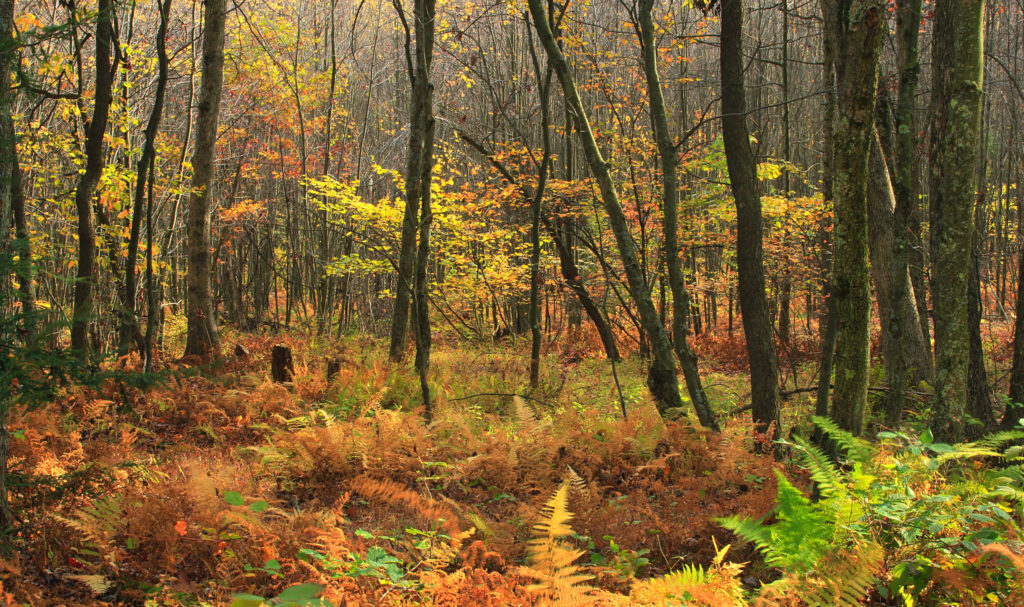
Plants are the world’s great storehouse of carbon dioxide. That is why deforestation is a major contributor to climate change. If only there were more trees and plants, more of the CO2 in the atmosphere would be absorbed and could no longer trap heat in the atmosphere.
Dr. Joanne Chory, a scientist at the Salk Institute for Biological Studies and the Howard Hughes Medical Institute believes that she can modify plants to absorb 20 times more CO2. She has recently been awarded the $3 million Breakthrough Prize in Life Science for her work.
Her plan involves a compound called suberin, which is a wax-like, fatty substance most commonly found in cork trees. It is a unique substance that is especially useful for storing carbon from the atmosphere because it is essentially not biodegradable. Carbon stored in the form of suberin will stay there for thousands of years.
Chory believes that by using simple cross-breeding techniques, it is possible to grow various plants that produce far more suberin than ordinary specimens. Her lab is looking into breeding high levels of suberin production into chickpeas and other harvest plants.
How big a deal is this? According to Chory, if 5% of the world’s farmland was used to grow suberin-rich crops, it would absorb 50% of the CO2 we currently emit into the atmosphere. This is not a crazy idea. About 37% of the earth’s land area is currently used for agriculture and a third of that (about 11%) is used for crops. The rest, about a quarter of the earth’s land area, is pastureland covered with cultivated or wild forage crops for livestock.
The substance in cork might be a great way to get carbon out of the atmosphere.
**********
Web Links
5% of farmland can be used for modified plants to cheaply remove 50% of atmospheric CO2
Photo, posted October 13, 2012, courtesy of Nicholas Tonelli via Flickr.
‘Removing CO2 with Plants’ from Earth Wise is a production of WAMC Northeast Public Radio.
Would it not be possible that in modifying a food crop to be non biodegradable by increasing the “suberin” ( apologies for inaccurate spelling) content they could become indigestible and therefore useless as food by most organic organisms including ourselves. I am a believer in augmenting the natural systems of our environment for the purpose of carbon sequestration, but maybe we can do this by increasing the productive plant mass of select natural species that are high in lignin and other usable fibers that can be used in our built environment and therefore sequestered. Cannot we replace more of the asphalt and pavement with green roofs and organically productive systems without risky genetic modification. Am I wrong that many of the best carbon sequestering natural systems benefit from healthy decomposition and regeneration as represented by the soils of the great plains. As a farmer I have not heard of cork being used as a soil replacement and I know it would not make good hummus.
Suberin is an important part of most plants, not just cork trees. Many trees and shrubs have a “corky” outer bark, which is an adaptation against fire and otherwise protects the plant. Cork trees just happen to have a thicker layer of it than other prime examples such as birch trees. Underground stems and roots also have suberin as a protective layer. Potato skins have a large amount of suberin that protecst the tubers from damage. Suberin layers do not form on plant tissues of primary growth, like leaves, fruits, and stems. These layers are covered by simple epidermal layers. No amount of cross-breeding would change that.
So cross-breeding plants to have thicker barks or tougher root or tuber skins is unlikely to produce varieties that are useless to other organisms. I suppose it might make certain trees less vulnerable to attack through their bark. One might not want to develop strains of potatoes with much thicker skins, for example, but there are many kinds of trees and shrubs for which this sort of modification would not have undesirable consequences. Clearly, it wound have to be looked at with a case-by-case analysis.
Thanks for listening and for the comment!